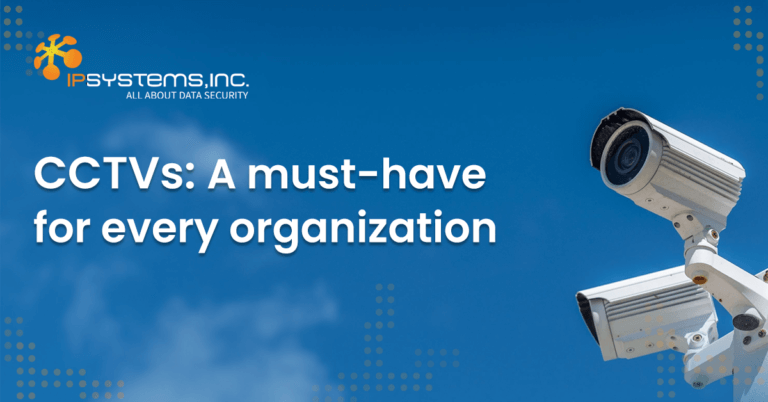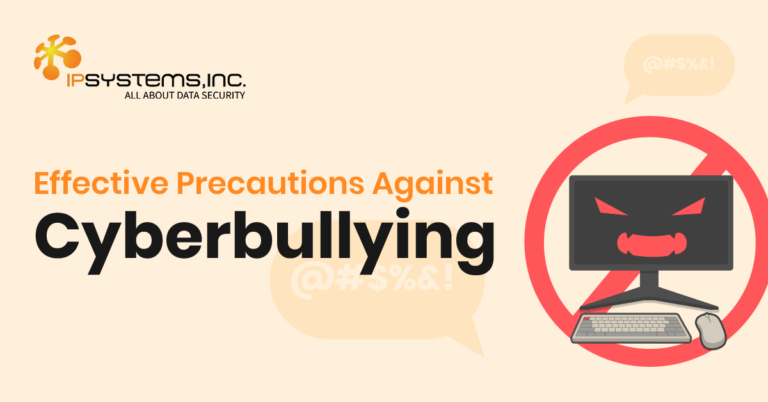
Innovating your Business with Green Data Centers
Blog: Innovating your Business with Green Data Centers Data centers are centralized facilities equipped with essential hardware like servers, storage devices, and networking equipment.

Bullying is a pervasive issue that inflicts emotional, psychological, and physical harm on its victims. According to Sherri Gordon (2021) in her article, “The Long-Lasting Effects of Bullying”, the impact of bullying includes low self-esteem, difficulty in making and maintaining healthy relationships with others, anxiety, depression, self-harm, and, in extreme cases, even suicide. It takes various forms, such as physical aggression, verbal abuse, reputation damage, exclusion, etc. Unfortunately, bullying can target anyone, regardless of age, background, or social status, and it is also prevalent in various settings, including workplaces, schools, and even online platforms.
The pandemic prompted a rapid shift to digital platforms for remote learning, but it did not eliminate the issue of bullying Contrary to popular belief, students are not completely free from bullying simply because they no longer attend school physically. Bullying, particularly cyberbullying, persists even in digital classrooms, posing a significant threat to students’ well-being.
To address and prevent bullying in digital classrooms, a collaborative effort is needed among students, parents, and educational institutions. Here are some effective anti-bullying prevention techniques that can be implemented:
Educate students about the importance of treating others with respect, empathy, and kindness in the digital sphere. Encourage responsible online behavior and discourage sharing hurtful or inappropriate content.
Foster a supportive and inclusive environment where diversity is celebrated. Teach students the value of embracing differences and appreciating one another's unique qualities.
Promote open lines of communication between students, parents, and teachers. Encourage students to speak up about bullying incidents, ensuring that they feel heard, understood, and supported.
Educational institutions should establish clear and comprehensive anti-bullying policies that outline the consequences of bullying behavior. These policies should be communicated to all stakeholders, emphasizing a zero-tolerance approach toward bullying.
Classroom management tools play a crucial role in effectively managing digital classrooms, providing individualized attention to students, and monitoring behavior to reduce the risk of bullying incidents.
In the fight against bullying, innovative tools like Faronics Insights' anti-bullying feature can make a significant impact. This comprehensive tool offers a range of features that aid schools in identifying, preventing, and addressing bullying incidents without compromising student privacy. Here are the key aspects:
Faronics Insights provides a secure and anonymous reporting tool for students to report bullying incidents. Anonymity ensures that students feel safe and protected when reporting, thereby encouraging more victims to come forward.
The software allows schools to monitor student activities both online and in the classroom. By monitoring website visits, chat conversations, and file transfers, potential bullying incidents can be detected early, enabling timely intervention.
Faronics Insights can promptly intervene in bullying incidents by alerting the school administrator when a potential incident is detected. This intervention helps prevent situations from escalating and facilitates appropriate action.
The transition to digital classrooms does not absolve educational institutions from the responsibility to address bullying. It is essential to recognize that bullying continues to exist in the digital space, affecting students' well-being and impeding their learning progress. To combat this issue, implementing effective prevention techniques and utilizing innovative tools like classroom management software with anti-bullying features can contribute to the creation of a safer and more inclusive digital learning environment. By cultivating empathy, fostering open communication, and promoting digital safety among students, equal opportunities for all can be ensured, allowing them to thrive in the digital classroom setting.



Blog: Innovating your Business with Green Data Centers Data centers are centralized facilities equipped with essential hardware like servers, storage devices, and networking equipment.

Blog: CCTVs: A must-have for every organization Nearly every business and organization, regardless of size, has already implemented CCTV Services within their premises because

Blog: Combating Bullying in Digital Classrooms: Empowering Students for a Safer Learning Environment Bullying is a pervasive issue that inflicts emotional, psychological, and physical